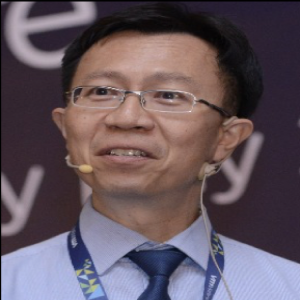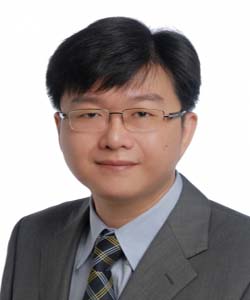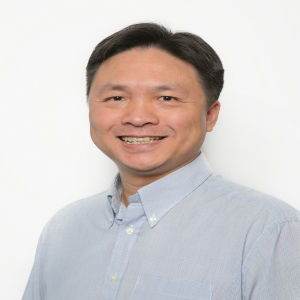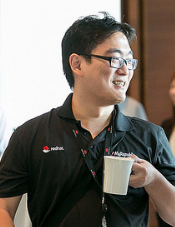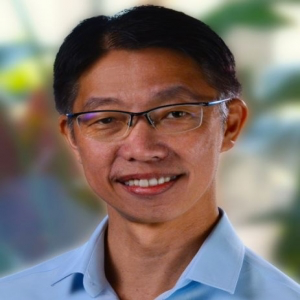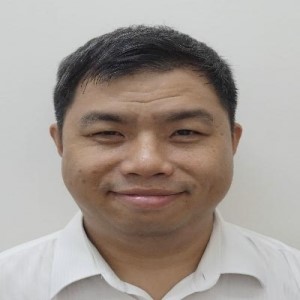The submarine network game and the implications of Shannon’s limit
Contrary to popular belief, satellites account for a miniscule part of keeping the world connected. Submarine networks do the heavy lifting – all from the depths of the ocean floors and carry over 95% of the world’s intercontinental communications traffic. In this session, we give an overview of how subsea cables work and the current state of the global submarine network. We will also discuss the implications of Shannon’s Limit, which gives the theoretical channel capacity for a communications link on our subsea networks.
Service Provider routing innovation with Segment Routing, VXLAN and EVPN
This presentation will detail some examples of how service providers are applying cloud networking principles to transform their edge, core and data centre domains, with a particular focus on MPLS Segment Routing and VXLAN as the transport architecture. These transports, combined with BGP communities and multi-protocol address family extensions, allow providers to realise a highly scalable, resilient and extensible network architecture.
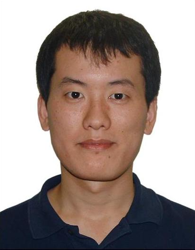
Ma Shaowen
Product Director
APAC Product and Solution
Juniper Networks
Routing to SDN era
Shaowen will discuss the evolution of network routing from traditional IGP to the current software-defined networks (SDN).
The presentation begins with the evolution of routing protocols from traditional IGP to Google Firepath. He will then introduce two modern open-source routing protocols–Facebook’s Open/R and RIFT (Routing in Fat Trees)–describing the protocols’ architecture, key components and technologies.
The presentation ends with an introduction to the modern SDN controller.
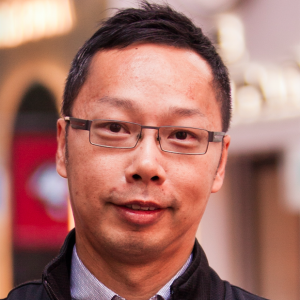
Eric Leung,
Senior Network Architect
Akamai Technologies
The OTT Challenge
Over the Top (OTT) video continues to be the primary driver of growth in Internet traffic volume. As delivery of video through OTTs become ubiquitous, end user, content owner and broadcaster expectations of service delivery grow as traffic increase. We will discuss these growing expectations, the traffic trends of OTTs and how they impact ISP traffic profiles, the challenges Akamai face and some of the approaches being taken to address them.
Internet noise (a story about two little subnets)
Cloudflare recently launched a public DNS resolver service on 1.1.1.1 and using two subnets, 1.0.0.1/24 and 1.1.1.1/24.
These IP addresses are common place for abuse and unwanted traffic. This talk will go into some of the details about the traffic and what we have seen since launching.
Surviving the inside DDoS attack
IoT botnet has generated a lot of attention in 2017 because of the high volume DDoS attacks originated from these IoT bots. In late 2017, researchers have also seen a variant of Mirai IoT bot which could possibly impact Windows devices.
In this presentation, we will examine this ‘evolution’ of the Mirai IoT malware, and the possible consequences it could bring to the DDoS threat.
Catching bad guys with machine learning
Organisations today are starting to explore using machine learning to discover patterns and anomalies. By doing so, they may derive security insights that may help them uncover malicious activities in their environment. In this talk, Eugene will discuss how we can apply machine learning to catch bad guys, and what we should take note of when building models.
Stories of IXP Development and the way forward
IXP (Internet eXchange Point) is always a hot topic in the Internet community and in a lot of cases, it is political too, especially during the early stages of development of a new one. In this talk, the speaker will share his knowledge, experience and observations from setting up and operating an IXP and also from helping others set up theirs. IXPs continue to face a lot of challenges and difficulties even after a critical mass is seemingly reached. He will also share his views about the way forward for IXPs.
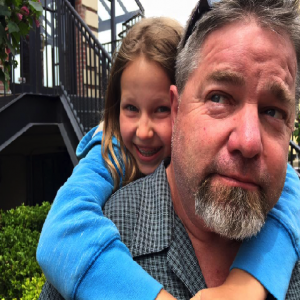
Walt Wollny,
Director, Interconnection Strategy
Hurricane Electric
The Hurricane Electric Toolkit, BGP.HE.NET
Walt will present the Hurricane Electric toolkit, BGP.HE.NET.
http://BGP.HE.NET allows you to see network relationships with transit providers, peers and the routes networks take to reach the world. This will be a comprehensive overview of the features available within the toolkit as well a live demonstration. Hurricane Electric has released many new components in the past year that will also be reviewed.
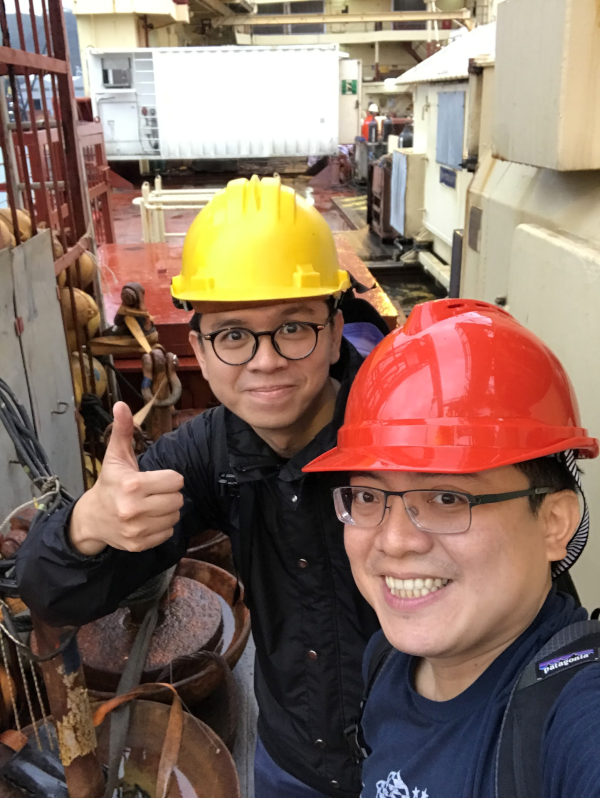
Robin Kong, (left)
Edge Strategy Manager
Willy Sutrisno (right)
Network Delivery Manager
Robin and Willy work in the Facebook’s Hong Kong office. Their primary role is to expand Facebook’s edge network footprint in the Asia Pacific. Both Robin and Willy have been working in the internet industry for more than 10 years. Robin currently serves as the board member of Peering Asia and HKNOG while Willy is the founder of IDNOG and remains as a committee member.
Hong Kong peering scene and network infrastructure
BGP – RFCs and quality of network improvements
BGP is one of the most basic and widely used protocols today to send traffic around the world. Operators have found ways to use to reduce subscriber impacts during DDoS and maintenance. We will take a look at the recent RFC and BCPs established.
Choosing an orchestration tool: Ansible and Salt
As organisations move toward standardising the tools used in network orchestration, two names stand out: Ansible and Salt.
Both projects started out as remote execution engines written in Python and have evolved into fully featured automation and orchestration systems. Through their use of the NAPALM library, both have strong support for configuration management and monitoring of network devices.
This talk focuses on configuration management and monitoring of network devices. The author will discuss the design and concepts of Ansible and Salt—what you get for free v what you pay for—and step through some common day-to-day provisioning and maintenance use-cases using each of these tools.
Network administrators will find this talk useful in deciding which tool is more appropriate for use in their network.

Nguyen Huu Bach
Senior IP Engineer
NTT Communications
Nguyen Huu Bach joined NTT Communications in 2005 after graduating from the Tokyo Institute of Technology. He serves as an Senior IP Engineer in the Network Service Department at NTT Communications. His experience include operating and designing the backbone network of AS2914’s Asian POPs, and developing network operating systems and other network services such as traffic monitoring, DPI and DDoS protection for both AS2914 and AS4713.
RENAT, A network testing automation framework
Network Automation is difficult for us for long time.
Our service has lots of equipments, lots of kinds and varieties.
We will talk about our network and our problems which should be solved.
I picked up one sample for “Network Automation”.
I will talk about what changed when we used this Automation.
Experience over Football streaming
The general outline is
1) General streaming architecture
2) Concern and raise awareness over Singapore internet infrastructure.
3) Increase in bandwidth for HD/UHD over time
4) Education of end user problem
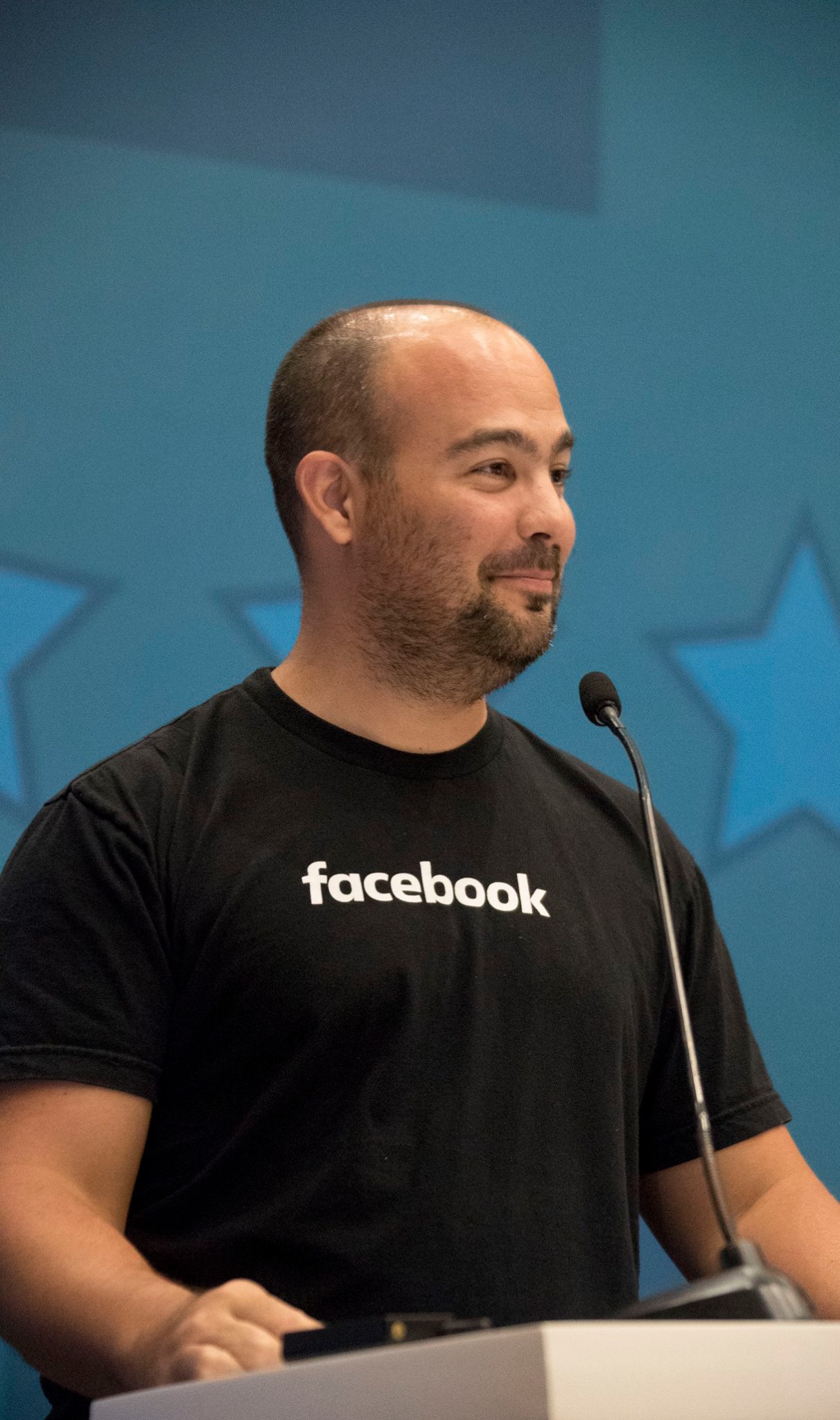
Daniel Rodriguez
Network Engineer
Daniel is a Network Engineer at Facebook and works in the Network Infrastructure team that takes care of building services and automation that keeps the network running and healthy.
Daniel serves previously as CEO of a startup that provides training in various networking certifications, automation and systems administration.
Building your own version of NetNorad using open source tools
NetNorad is Facebook’s system for automation end to end fault detection using active probing [1]. It follows a simple principle of having pingers on the network with responders on hosts, storing the response, analyzing the data and then providing a source for alarms to operations.
Using OpenSource tools, including UdpPinger (a high performance UDP packet generation, reflection and collection library [2]), we will show how almost anyone can build a solution similar to Facebook’s NetNorad using Docker / InfluxDB and a few Python Scripts.
We will show during the presentation how to build this system on a mock network from start to finish, introducing packet loss and showing how the probe information can be sliced / visualised using Chronograf.
[1] RIPE 75 OpenNetNorad presentation: https://ripe75.ripe.net/archives/video/99/
[2] https://github.com/facebook/UdpPinger


